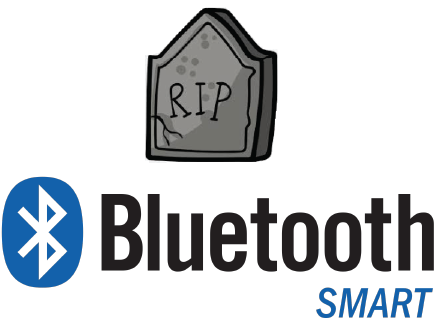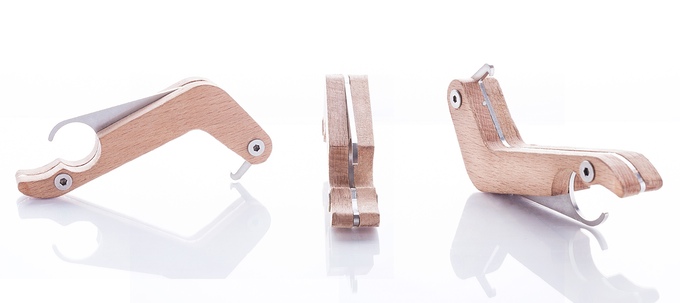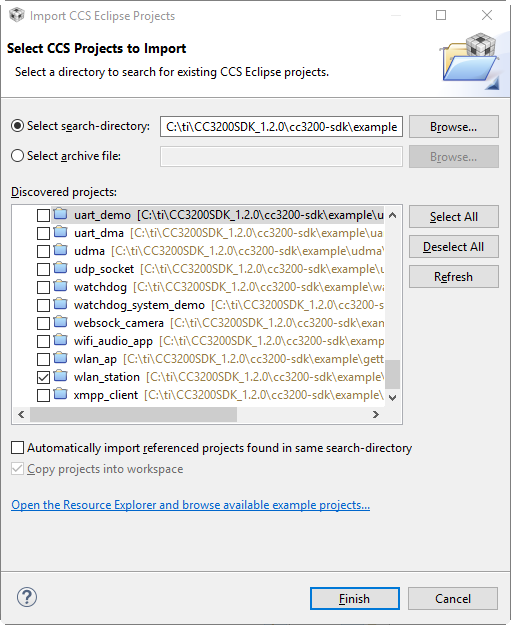
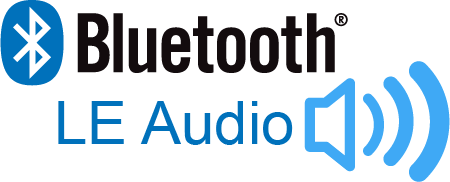
You're probably already seen the announcement of the latest Bluetooth 5.2 specification which brings LE Audio. As always, there's a lot more to the announcement.
For those familiar with Bluetooth, Bluetooth headsets and speakers are some of the most common Bluetooth products aside from Smartphones and tablets. In 2010, The Bluetooth SIG essentially split the Bluetooth specification with the introduction of Bluetooth Low Energy. The specification now contains two separate Bluetooth technologies that share common components - Bluetooth Low Energy and Bluetooth Classic (the name for the original, pre-4.0 technology). Bluetooth LE's most desirable features were low power, simplicity and low costs. But if you wanted to do audio, you still needed a Bluetooth Classic or Dual Mode (Classic + BLE) device.
Over the years a lot of use cases sprung up for BLE that it couldn't satisfy. Wireless audio is the most significant one, and many companies developed their own BLE audio solution. At the same time, product developers were looking to create Audio devices without using Bluetooth Classic because of the expense and difficulty in using it.
Bluetooth Classic is also limited. For example, Hearing Aids contain very small batteries and the power consumption of Classic chipset doesn't work well with coin cell batteries. BLE is much better for this.
One of the other important things that Bluetooth Classic didn't support well was broadcast audio - the need to have one source and many sinks has existed for years, but Bluetooth Classic hasn't been able to do it without proprietary implementations.
LE Audio is a new ecosystem that enables Audio over Bluetooth LE links. It opens the doors to applications old and new. Here's are some of the major additions of LE Audio:
Supporting audio that requires tight synchronization and low latency requires a new approach in the Bluetooth LE specification. Bluetooth 5.2 introduces LE Isochronous Channels that enable this.
These channels contain mechanisms to limit the latency of data, and discard data that is beyond the required latency. They're designed to keep tight synchronization between streams, since they need to be played together. For example, the Left and Right channels in headsets or earbuds need to play at the same time.
Isochronous channels may be connection oriented or connectionless. Connection oriented channels are for point-to-point connections with Audio devices like earbuds. Connectionless channels use Broadcast Isochronous Streams (BIS) which are one way, but can transmit to many devices simultaneously.
The good news is that supporting these channels and LE Audio in general requires a Bluetooth stack update. All the hardware is there since Bluetooth 5.0. The one exception is the audio ADCs and DACs, but these would be needed in any Audio application.
One of the main complaints of people using Bluetooth has been the relatively poor audio quality. The original Bluetooth Specification mandated the SBC Codec (partially because it was freely given), but SBC is well known for poor performance. Even worse, there was little practical flexibility in its configration. Reducing the bitrate resulted in significantly degraded audio. Applications that could accept more compressed audio couldn't save on the bitrate without severe degradation. This meant it was a poor fit in many use cases.
This caused several vendors to come out with their own codecs. Qualcomm offers the aptX family, while Sony uses LDAC. The drawback of these proprietary CODECs was that support was required on both sides of the connection, which wasn't always the case.
LE Audio finally introduces a new Codec: the Low Complexity Communication Codec or LC3provides improved audio quality at lower bitrates compared to SBC, but also allows for configurable bitrate so that product designers can tradeoff audio quality and power consumption. It's not limited to Bluetooth LE but can also be used in Bluetooth Classic.
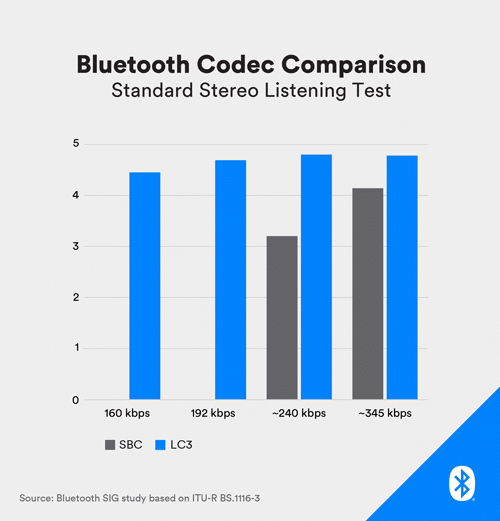
The LC3 Codec was developed at Fraunhofer IIS. Some of their studies shows that LC3 provides improved audio even at 50% bitrate. These tests are conducted using tests to evaluate the impact of the bitrate on what testers contain. But to undertand where the LC3 Codec stands, let's compare to some of the other Codecs
| Codec | Bitrate |
|---|---|
| LC3 | 160kbps - 350kbps |
| LC3 Plus | 160kbps - 350kbps |
| SBC | 240kbps - 357kbps |
| aptX | 384 kbps |
| aptX Low Latency | 352kbps |
| aptX HD | 576 kbps (48 kHz) |
| aptX Adaptive | 276 - 420 kbps |
| AAC | 128kbps - 320kbps |
LC3 is part of a family of two CODECs. LC3 Plus is an enhanced version of the CODEC that provides for improved packet concealment, coding (redundancy) and very low latency (5ms).
You can see that LC3 nicely fits in the picture with its adaptive bit rates. SBC, although somewhat configurable, is typically limited by implementers.
One of the main use cases Bluetooth Classic and LE could not cover was simultaneous streams to multiple devices. The A2DP protocol doesn't support this. Several vendors such as Qualcomm then implemented their own proprietary. That all changes with LE Audio. Sharing audio to multiple sinks is now officially supported and a big use case to support
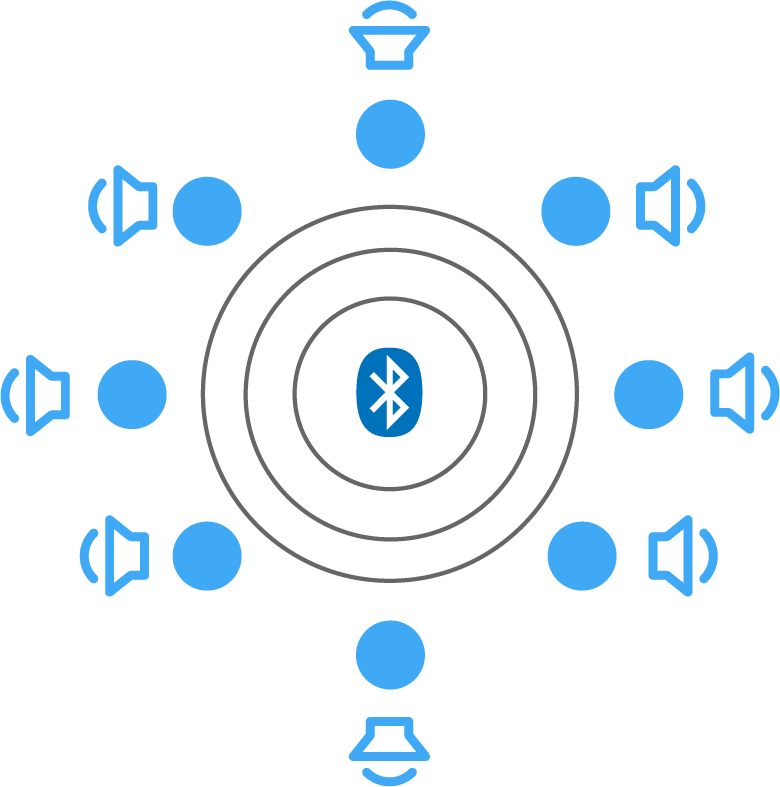
LE Audio sharing can stream to an unlimited number of devices simultaneously, which opens up applications such as streaming to many users in an area. There is no longer a need to hack Bluetooth to implement features such as True Wireless Audio
One of the biggest applications, in terms of volume (which the Bluetooth SIG always looks for) are hearing aids. The big focus here is low power, but vendors are always looking to improve the audio quality. Several manufacturers have already built equivalent solutions using existing LE, but nothing that follows the specification itself.
What does this means for product developers? As always, it will take time for this specification to make it through. Many parts of the LE audio specification such as the LC3 are still being worked on. Technically since the specification were just released, no device is certified though we will see more devices certified.
Since the changes are mostly in software, it means that the stack can be updated to support these features, as opposed to Bluetooth 5.0 which required hardware changes. Interestingly, Apple introduced their Audio Sharing feature which in some ways competes with LE Audio. However, we expect that Apple will come to support LE Audio because of hearing aids.
Developers may wonder whether they can dump Bluetooth Classic - the reality is that it depends on the applications. For cases where your product is just a piece of an ecosystem, you will need to wait until there's widespread support. But if you control the whole system and the quality of LE Audio works for your application - then it will be a worthwhile.
Enter your email address to subscribe to this blog and receive notifications of new posts by email.
